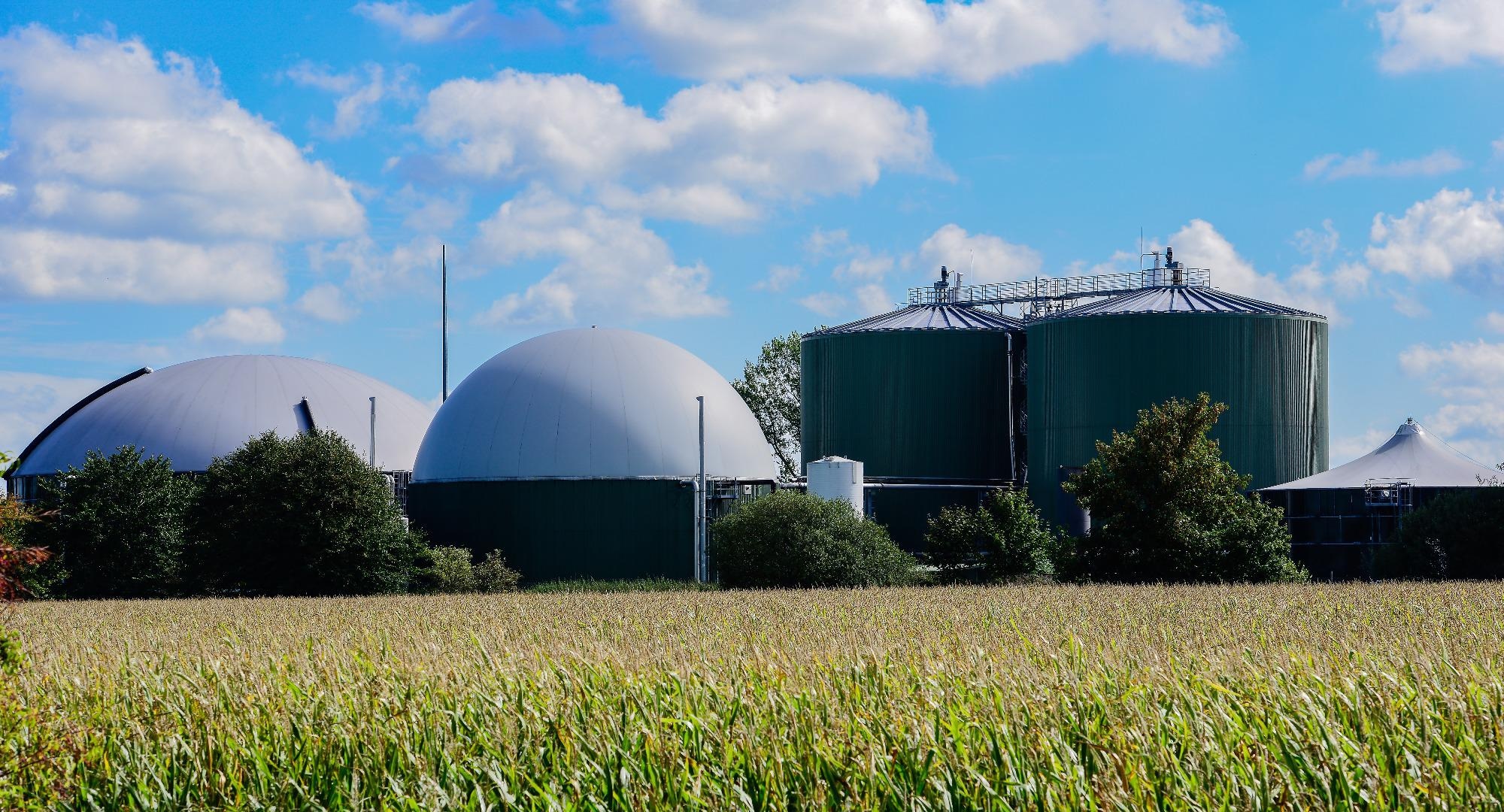An essential process in the global carbon cycle and a significant source of renewable energy is methane’s microbial production from organic material.

Image Credit: Shutterstock.com/ ShDrohnenFly
This process occurs naturally and relies on cooperative interaction between various kinds of microorganisms, that is, the fermenting bacteria and the methane-producing archaea.
The former transforms the alleged primary fermentation products from biomass decomposition, including fatty acids, into intermediate products like H2, formate or acetic acid. Furthermore, specialized archaea can develop methane from them.
The factor that is vital for the globally significant conversion of biomass into methane is the syntrophic interaction of fermenting bacteria with methanogenic archaea. But so far, scientists were not able to explain how the oxidation of saturated fatty acids can be linked with the thermodynamically extremely harmful decrease of CO2 to methane and how such a process can allow the growth of both microorganisms involved.
A research group from the University of Freiburg, the Technical University of Darmstadt, and the University of Bern in Switzerland headed by Professor Dr. Matthias Boll from the Institute of Biology II at the University of Freiburg have currently been able to reveal a vital step in this process.
The missing enzymatic link and its function were discovered by the researchers and this makes the formation of methane from fatty acids traceable from an energetic perspective. The study results were published by the researchers in the journal Proceedings of the National Academy of Sciences.
Study on Oxidoreductase
A previously uncharacterized membrane-bound oxidoreductase (EMO) from the fermenting bacterium known as Syntrophus aciditrophicus was examined by the researchers. They offered biochemical proof that the heme-b cofactors of this membrane-bound oxidoreductase and an altered quinone with ideally matched redox potentials are the primary players in this microbial process.
Furthermore, bioinformatics analyses indicate that such oxidoreductases are extensively distributed in prokaryotes, organisms like archaea and bacteria whose cells do not contain a nucleus.
The results not only close our knowledge gap on the conversion of biomass to methane. We may additionally identify EMOs as previously overlooked key components of lipid metabolism in the vast majority of all microorganisms.
Dr. Matthias Boll, Professor, Institute of Biology II, University of Freiburg
Journal Reference:
Agne, M., et al. (2021) The missing enzymatic link in syntrophic methane formation from fatty acids. Proceedings of the National Academy of Sciences. doi.org/10.1073/pnas.2111682118.